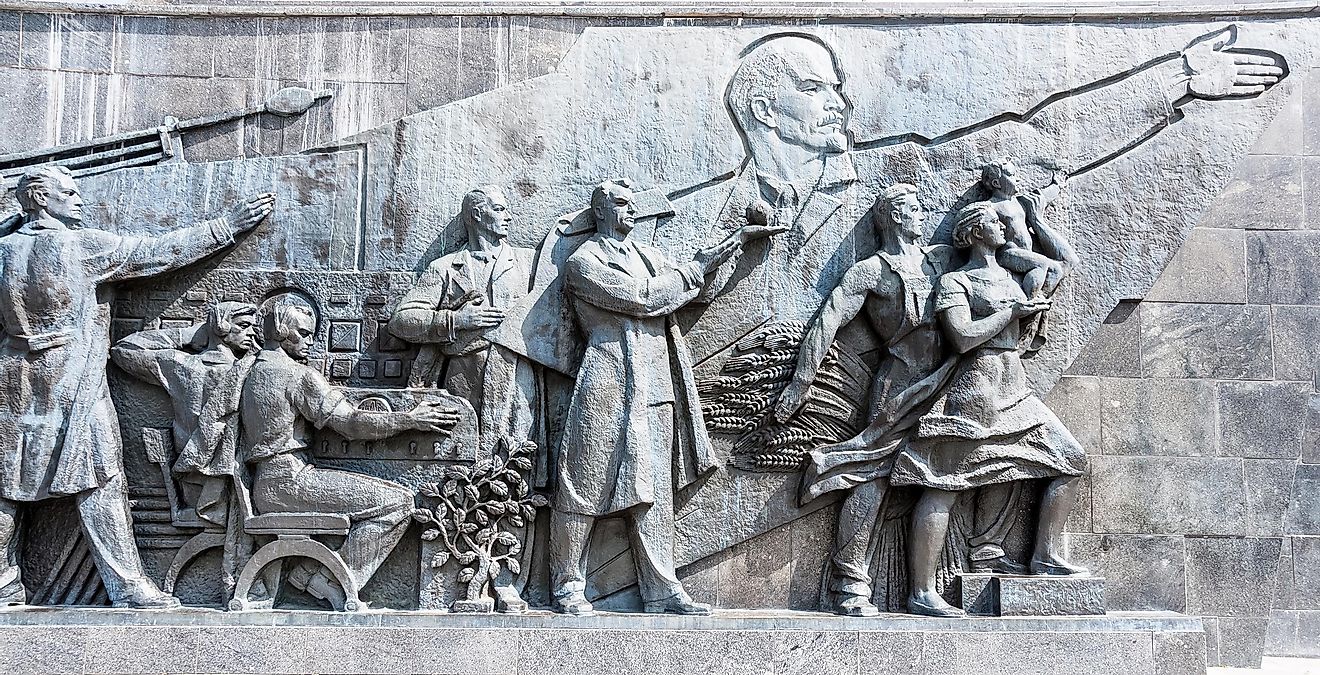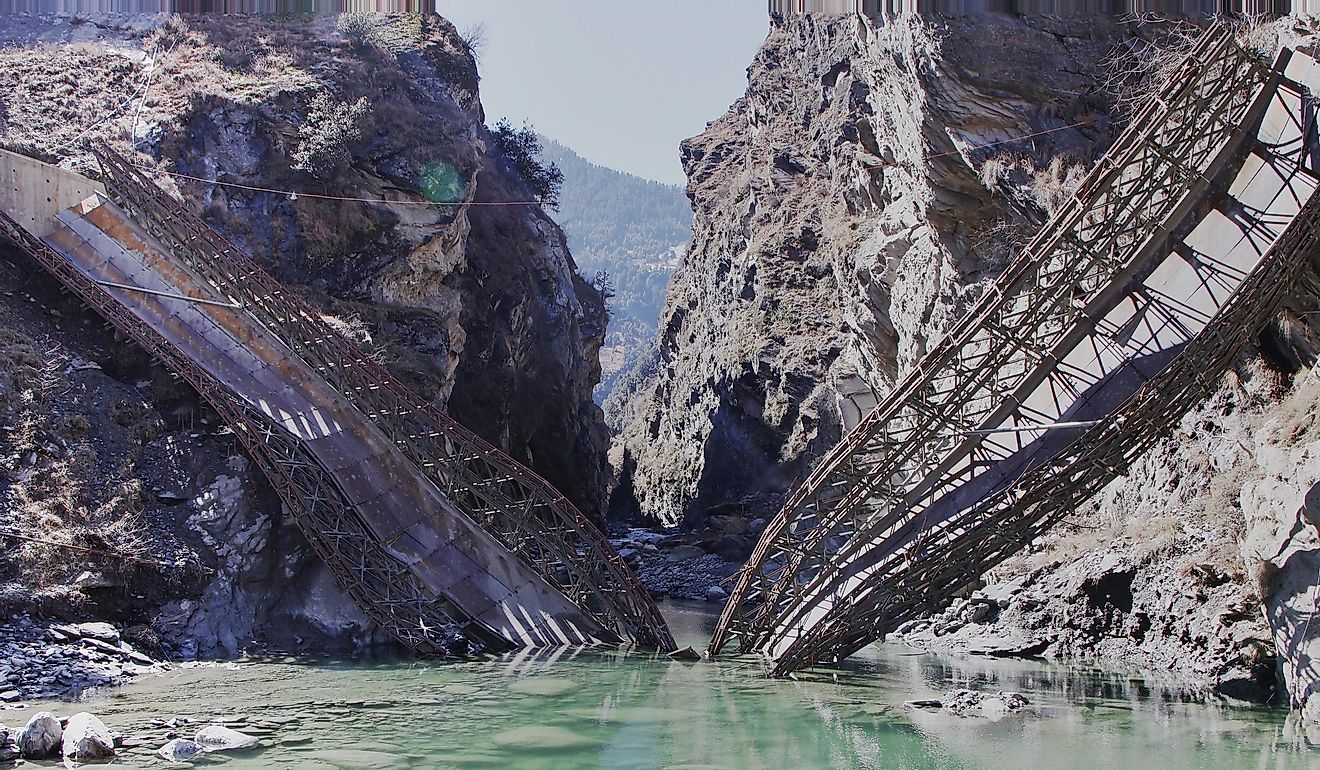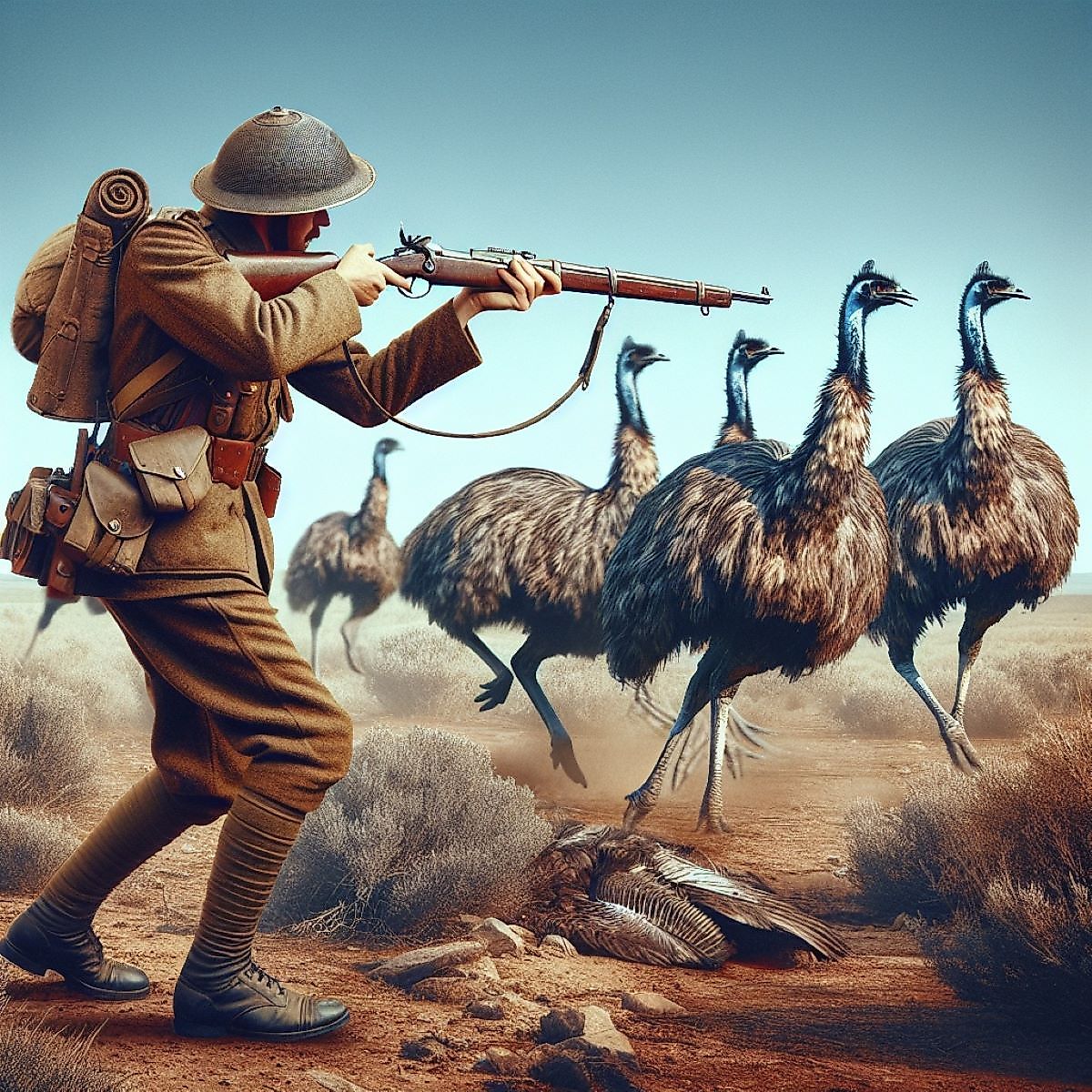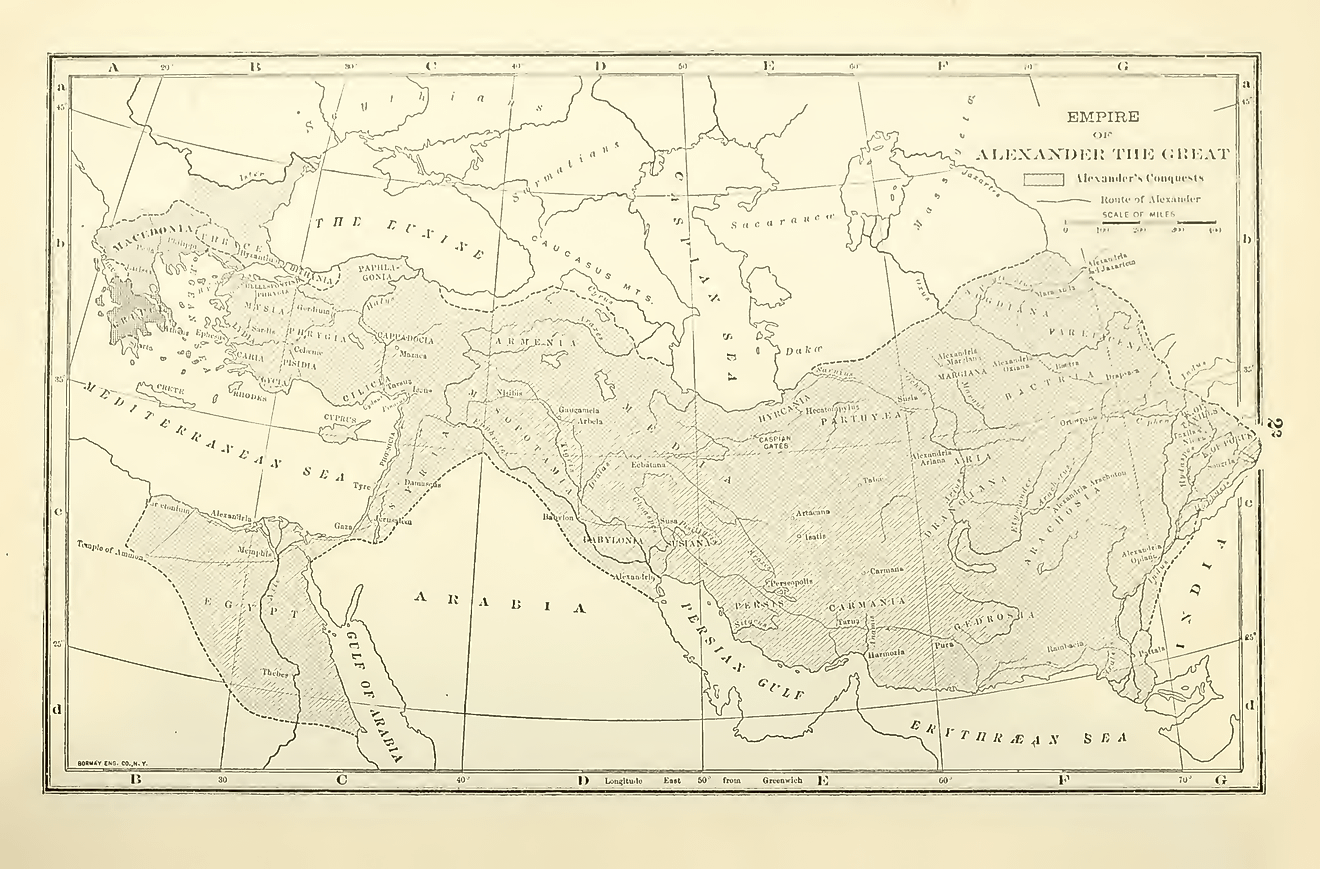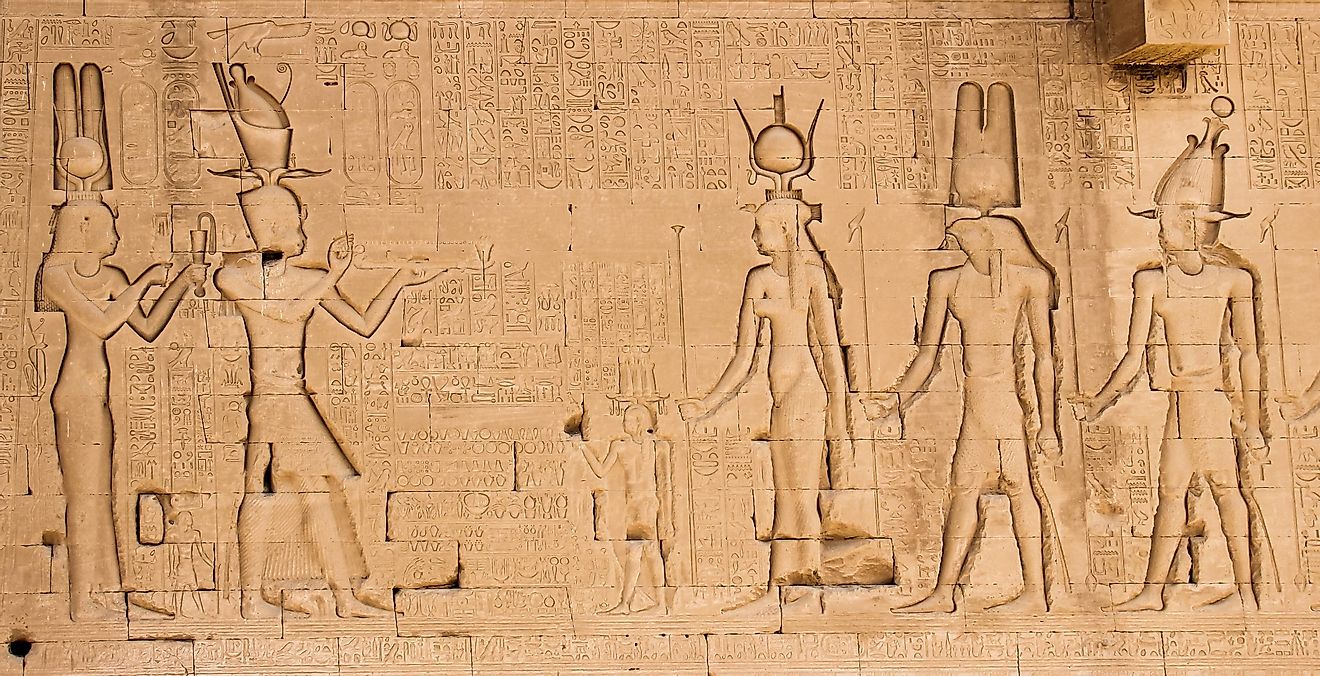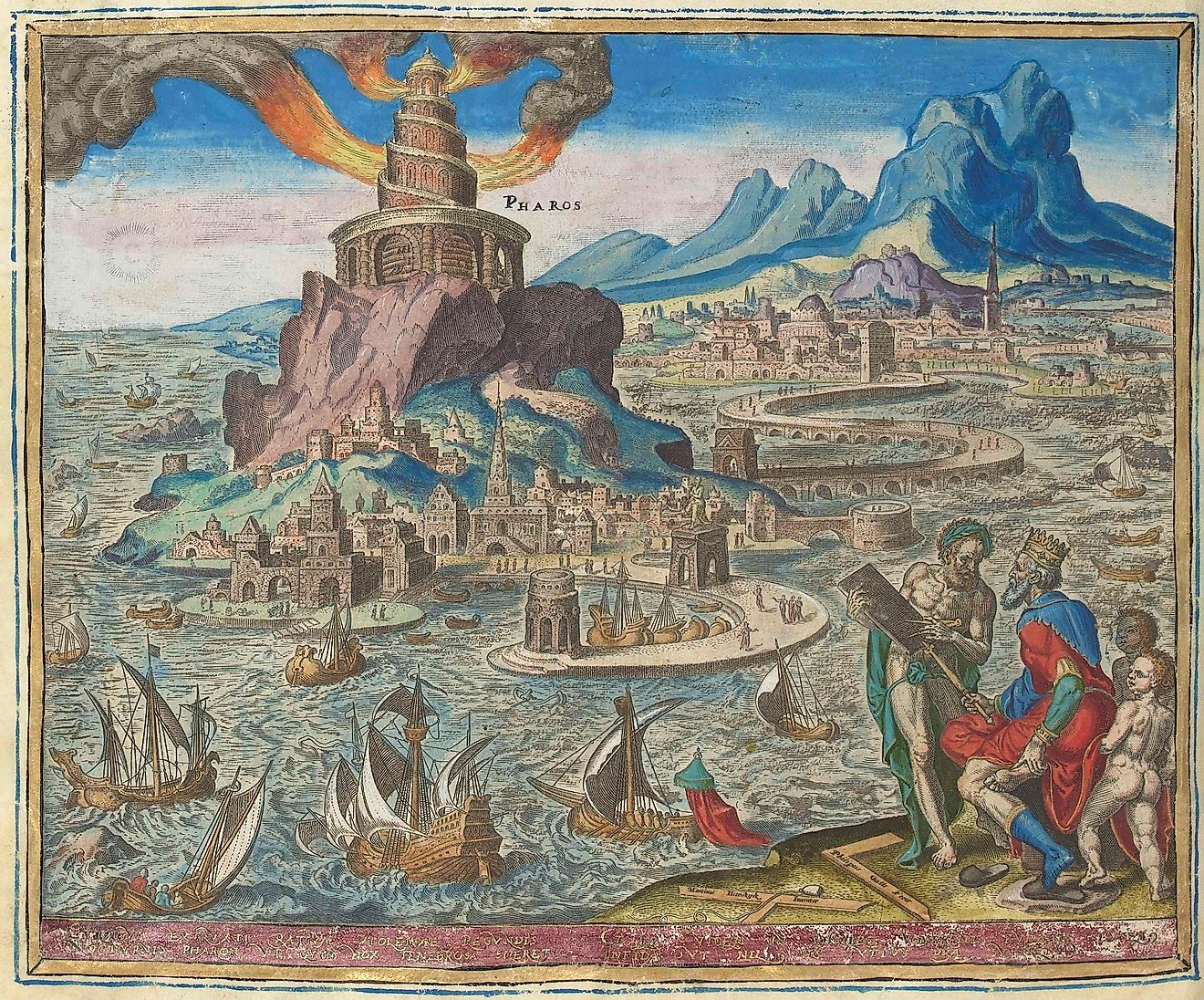Tribes That Populated North America Prior To The Arrival Of Europeans
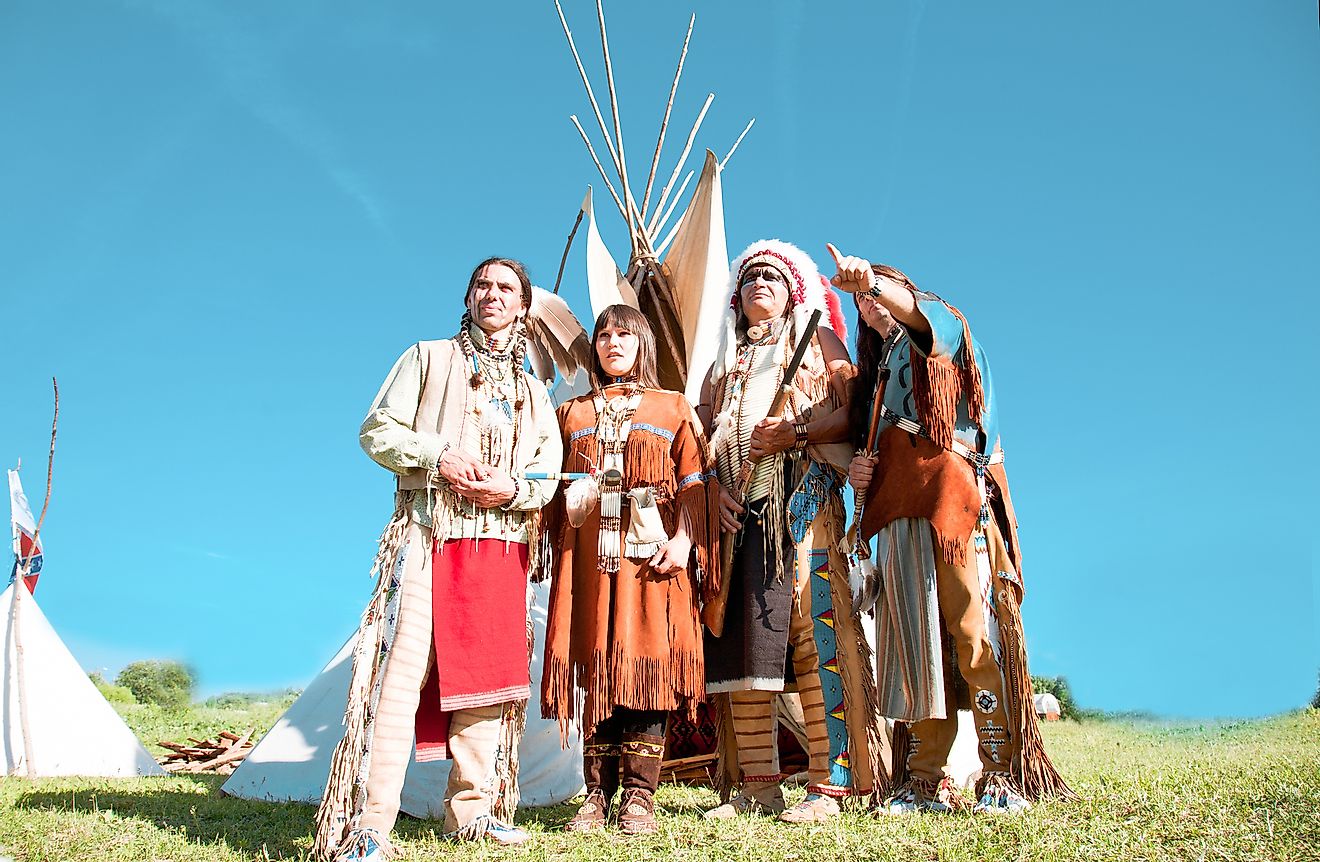
- The word, chocolate, comes from the Aztec word, xocoatl.
- The Iroquois Confederacy had a written constitution, known as The Great Law.
- The Navajo have been hard-hit by the current COVID-19 pandemic.
- The word, kayak, is an Inuit term meaning hunters boat.
- Although the homeland of the Choctaw and Cherokee was originally in the southeastern U.S., many of them now live in Oklahoma, to which they were forcibly relocated.
Before any Europeans set foot in North America, there were approximately five hundred different nations inhabiting the continent, each with their own customs and traditions. From the caribou hunters in the arctic to the pyramid builders of Mesoamerica, North America was a continent rich in cultures. Unfortunately, European invasions led to the death of indigenous residents of the land in the millions, almost wiping out their traces from the region. Today, it is very important to preserve and protect the rich cultures of these peoples as they survive in small pockets dispersed across North America, and are threatened by globalisation and modernisation. Here are some examples of tribes that populated the continent before the Europeans arrived to conquer and take over their land and establish their own culture in North America.
The Inuit
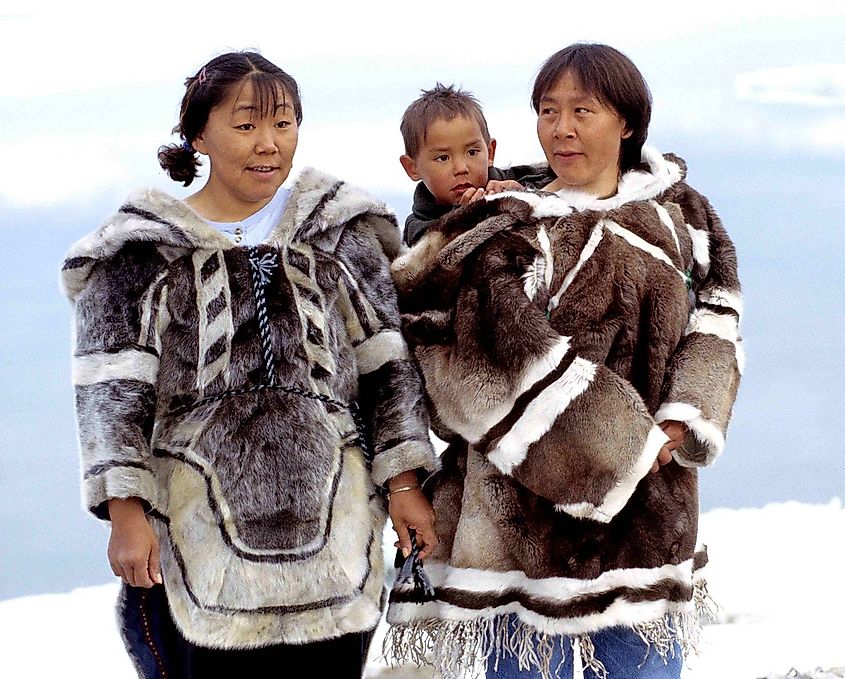
Inuit is the proper name for the original inhabitants of North America’s arctic regions. The term, “Eskimo”, is considered derogatory and should not be used. The Inuit existed primarily as hunter-gatherers before the arrival of Europeans. They hunted caribou, seals, whales, walruses and other sea mammals for food, and also to use as material for their clothing, tools, houses and kayaks. The igloos that the Inuit are famous for were used as temporary housing during long winter hunting trips. Inuktitut is the native language of the Inuit and has several dialects.
The Cree
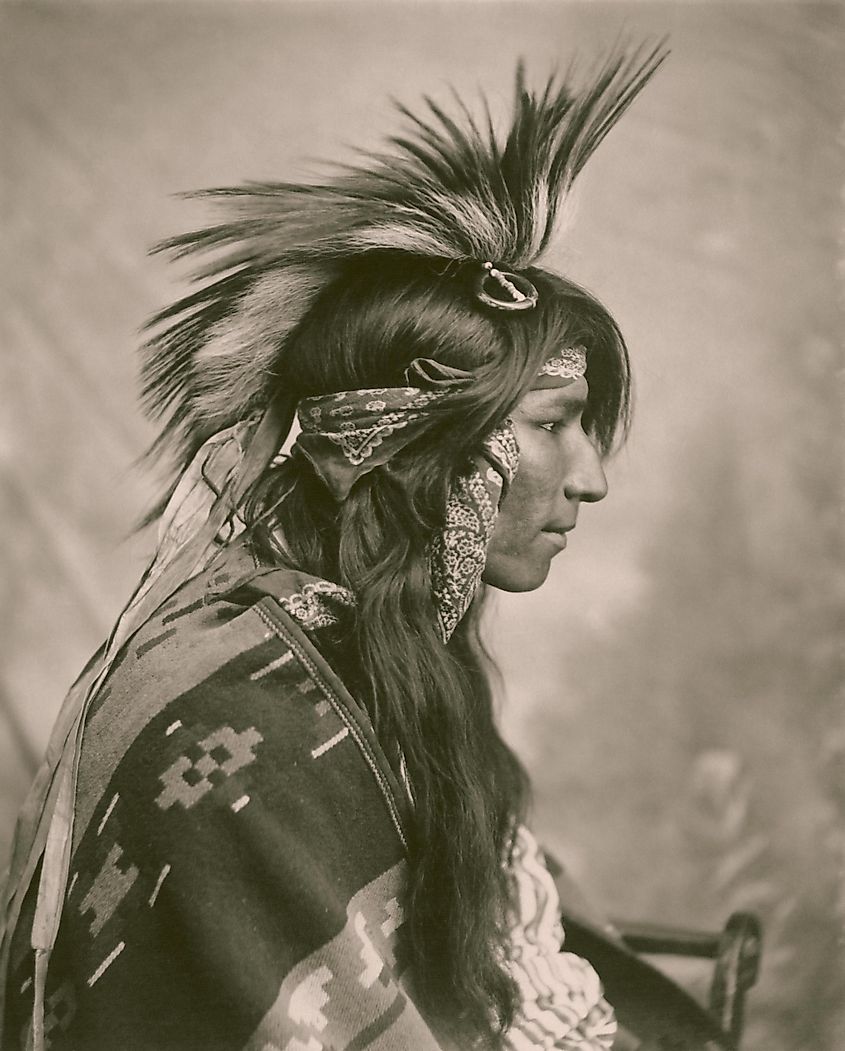
Cree territory stretches from northern Alberta in the west to northern Labrador in the east. Like the Inuit, the Cree were also hunter-gatherers before Europeans arrived on the continent. For most of the year, they lived in small bands or hunting groups, but during the summer, they would gather into larger groups in order to socialize, trade or perform ceremonies. Their homes were cone or dome-shaped dwellings covered in animal skins. Cree society was largely egalitarian and communal in nature.
The Iroquois Confederacy
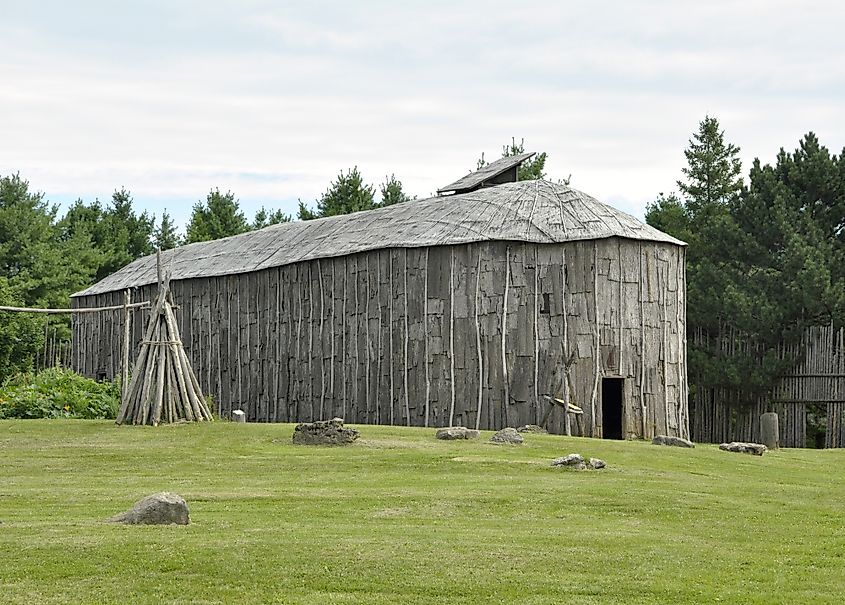
Before the original thirteen British colonies merged to form The United States of America, there was a group of six nations in what is now upper New York state that came together to form their own union. They were the Mohawk, the Oneida, the Onondaga, the Cayuga, the Seneca, and the Tuscarora. They formed what was called the Iroquois, or Haudenosaunee, Confederacy. The word, Haudenosaunee, means, “People of the long house.” As the name implies, the Iroquois lived in longhouses, each of which housed several families. Iroquois society was matrilineal. The clan mothers represented the clans of each nation and had certain responsibilities. The Iroquois lived year-round in villages and were horticulturalists. Their confederacy was essentially a pre-Columbian form of representative democracy, which according to some, may have inspired the creation of the United States.
The Cherokee
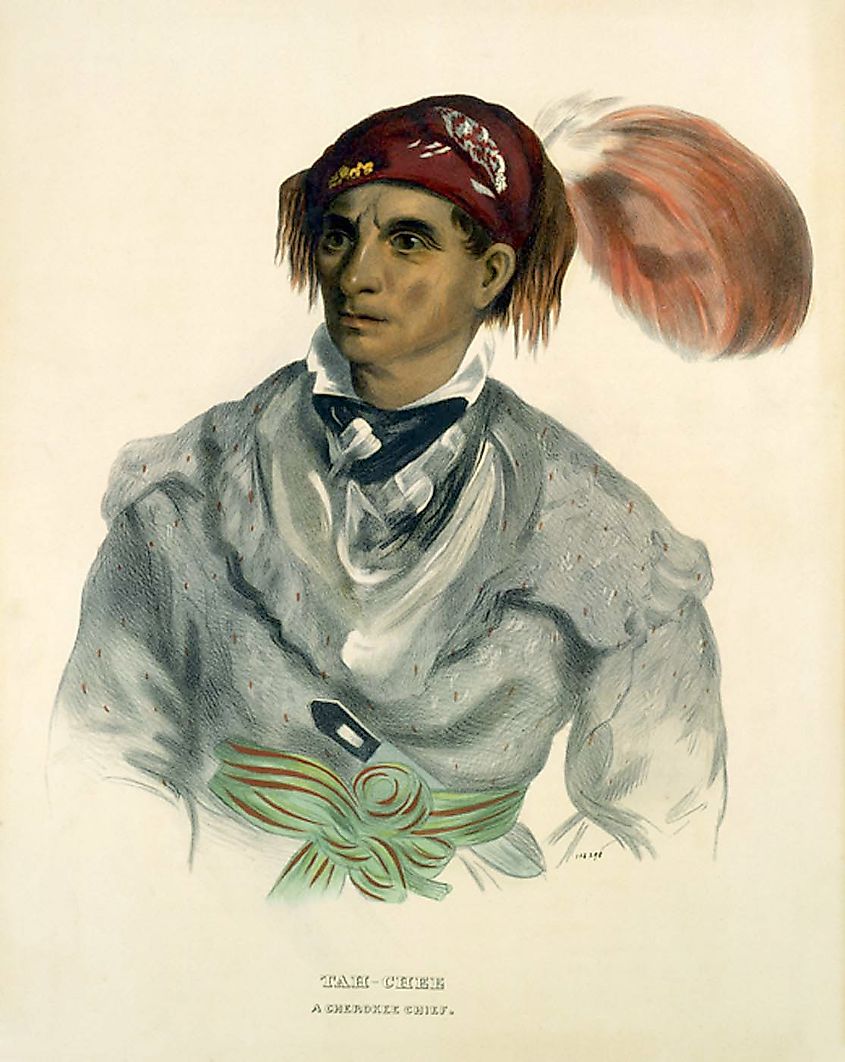
The Cherokee were the largest nation in what is now the southeastern U.S. Although they began as hunters, they eventually embraced agriculture as well. Cherokee society was matrilineal, with clan membership derived from the mother. The Cherokee lived in fortified towns consisting of 30-80 waddle and daub houses, or asi, as they called them, plus a larger meeting house. They are related to the Iroquois, but they were never part of the Iroquois Confederacy. In fact, they formed their own confederacy in their native land, which was in the Appalachian Mountains, in territory now part of present-day Georgia, Tennessee, and the Carolinas.
The Choctaw
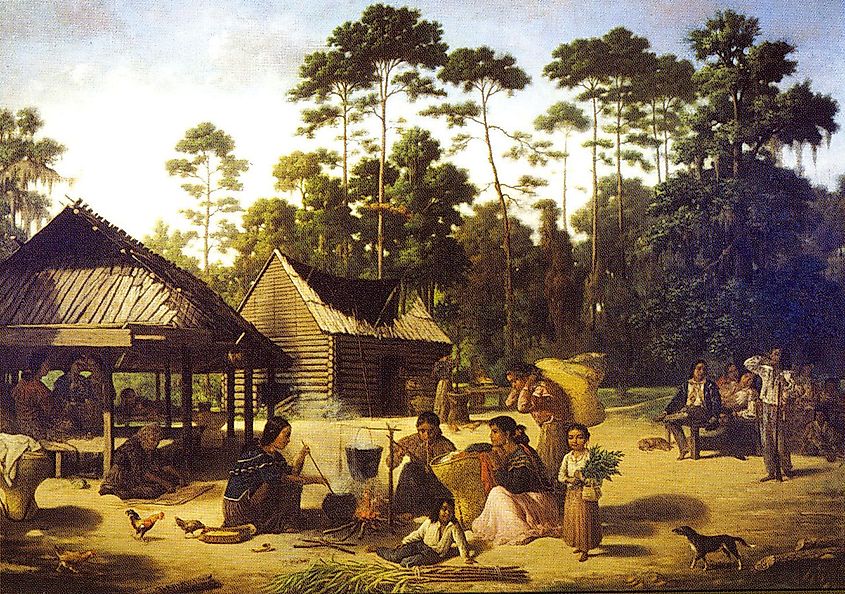
The Choctaw lived in what is now southeastern Mississippi. Their homes were thatch-roofed cabins built with logs or bark and plastered over with mud. They were very skilled farmers and produced crops, not only for their personal use, but also to sell and trade. Their crops included corn, beans and pumpkins. The Choctaw also fished and gathered wild fruit and nuts.
The Plains Indians
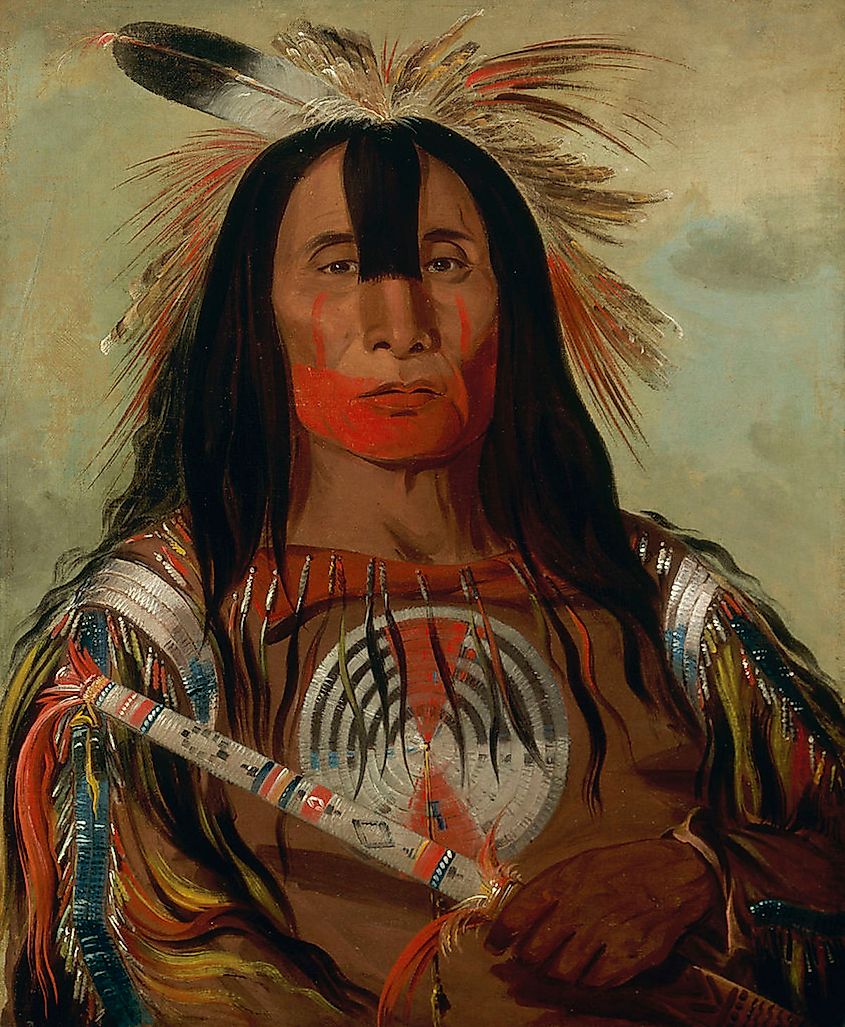
Stumickosúcks of the Kainai in 1832
The Plains Indians are the indigenous peoples who lived on the plains and rolling hills of the Great Plains of North America. This region extends from the Mississippi River in the east to the Rocky Mountains in the west, and from present-day Canadian provinces of Manitoba, Saskatchewan, and Alberta in the north to central Texas in the south. Consisting of a large number of different tribes, the Plains Indians spoke a variety of languages. These include languages from the Algonquian, Siouan, Caddoan, Ute-Aztecan, Athabaskan, and Kiowa-Tanoan languages. Some of the Plains Indians were fully nomadic, while others were semi-nomadic and did engage in some agricultural activities. Their lives largely centered on hunting bison for food and other traditional uses. The tipi, which has become synonymous with North America’s indigenous people, was the form of housing used by Plains Indians, though it has also been inaccurately ascribed to other indigenous nations that did not used them.
The Navajo
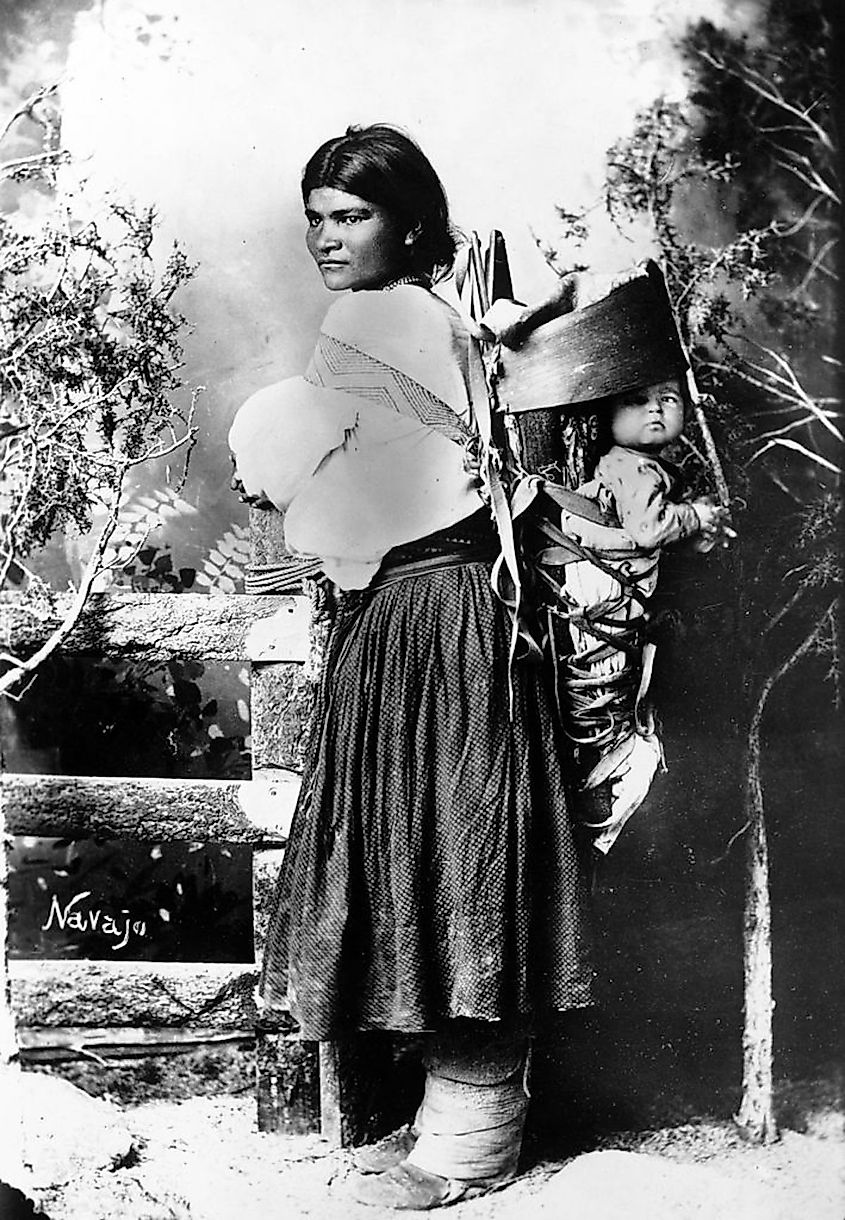
The Navajo made their homeland in what is now the southwestern U.S., but they originally came from Canada, and hence, speak a language that is part of the Athabascan language family. They were initially hunter-gatherers, but began engaging in agriculture once they settled in the southwest. Traditionally, Navajo society was matriarchal and consensus-based. Their religion is based on the belief in the Great Spirit and the Holy People, who taught them that they should live in harmony with the environment.
The Pueblo Nations
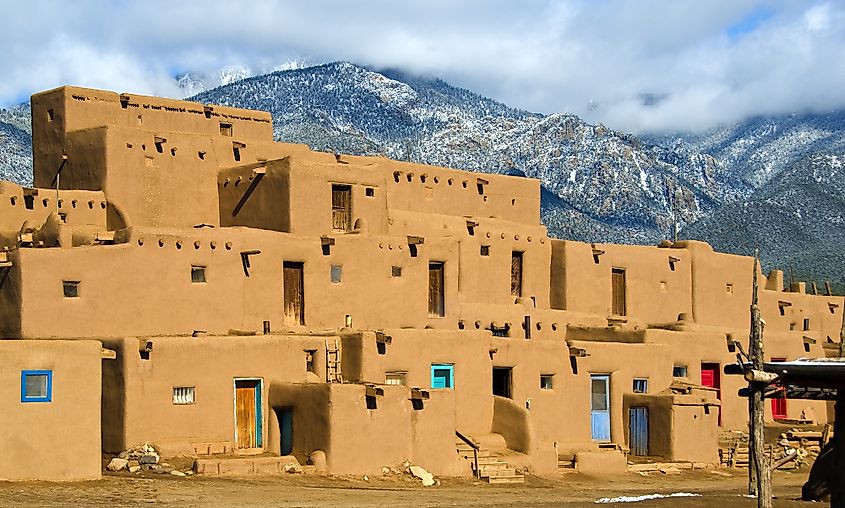
Pueblo Nations refers to nineteen different tribes that inhabited, and still inhabit, present-day New Mexico, though before the arrival of Europeans, their homeland also extended into what are now the states of Colorado and Arizona. The Pueblo are the descendants of the ancient Anasazi, who built incredible cities and structures, such as Pueblo Bonito and Mesa Verde. Many of their structures were built into cliff formations and date back as far as the time of Christ. The Anasazi civilization lasted for a thousand years.
The Aztec Empire
The story of the Aztecs began in what is now northwest Mexico, when they were just a tribe of nomads searching for a home. They would eventually find that home at the site of present-day Mexico City, which they called Tenochtitlan. From there, they went on to dominate most of present-day Mexico and become one of the greatest civilizations in the history of the Americas. In fact, by the early 16th century, they ruled over five to six million people. Tenochtitlan, which became the capital of the empire, is thought to have had around 140,000 people living in it, though some estimates go even higher.
The Mayans
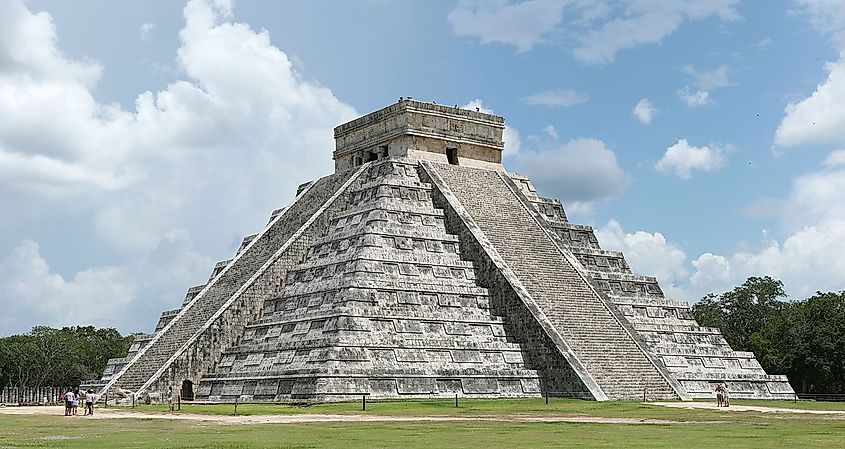
El Castillo, at Chichen Itza. Image credit: Daniel Schwen/Wikimedia.org
Do you think the Egyptians were the only ones to build pyramids? Think again, because in the Americas, indigenous people built pyramids of their own. Along with the Aztecs, the Mayans are also well-known for the pyramids that adorned their cities. In fact, they were building pyramids, not to mention other amazing buildings, at the same time Europe was in the midst of the Dark Ages. The Mayan homeland encompassed what is now southern Mexico, Guatemala, Belize and parts of Honduras and El Salvador. In addition to their great buildings, the Mayans were also quite advanced in mathematics and astronomy. By the year 900 CE, however, the great Mayan civilization had all but collapsed, and to this day, scholars struggle to figure out why.
